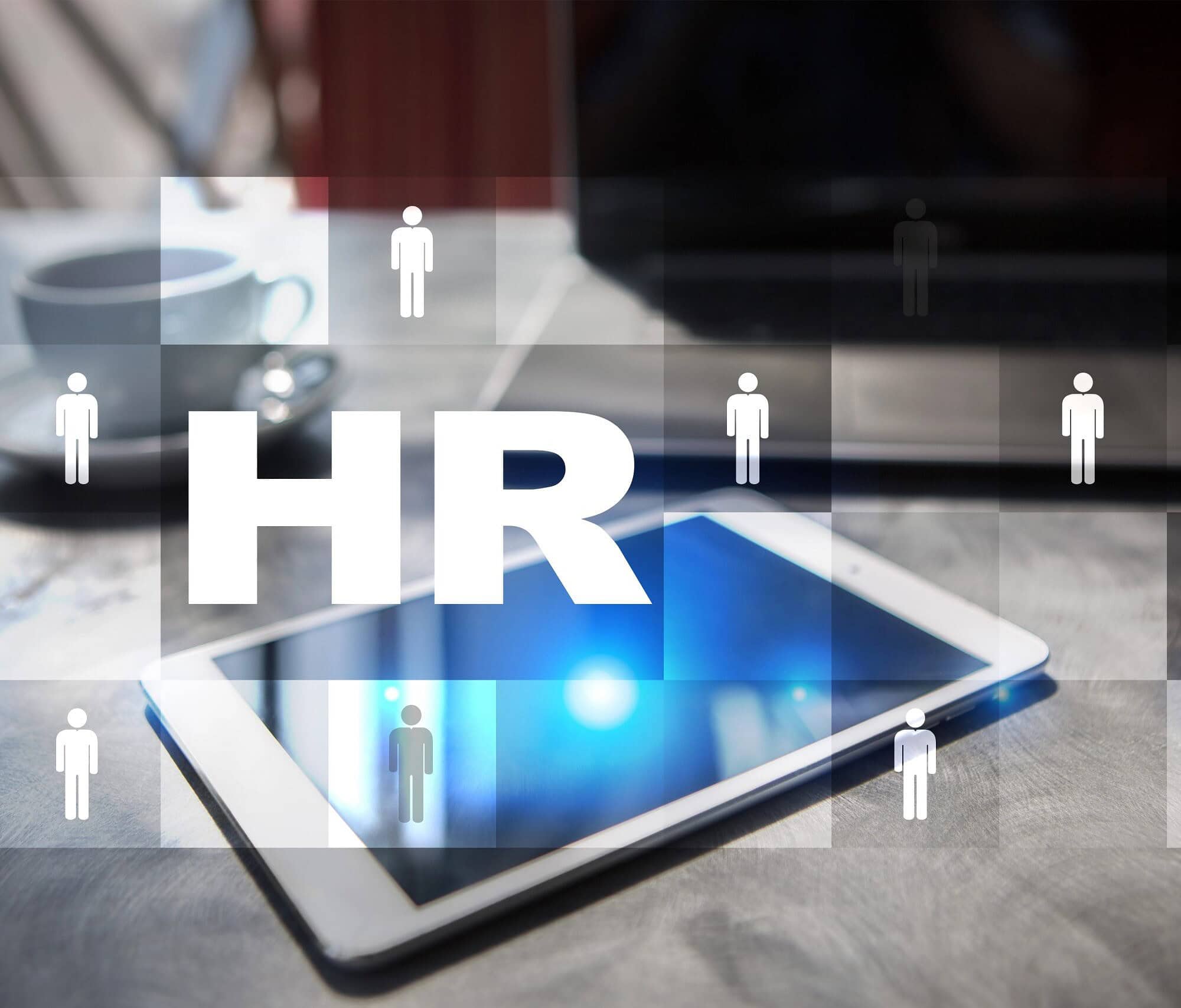Over the course of three years, four independent studies were completed by the Westat Corporation on E-Verify that focused on the accuracy of the program, employer opinions of E-Verify, employer and employee experiences in Arizona after state legislative mandates went into effect, and E-Verify Employer Agent (EEAs). The results from each of the studies show that the E-Verify users have confidence in the system, find it straightforward to use and appreciate the amount of customer service they receive when using E-Verify.
The Westat reports confirm that E-Verify is a strong program that is growing stronger. Over the course of three years, four independent studies were completed by the Westat Corporation on E-Verify that focused on the accuracy of the program, employer opinions of E-Verify, employer and employee experiences in Arizona after state legislative mandates went into effect, and E-Verify Employer Agent (EEAs). The results from each of the studies show that the E-Verify users have confidence in the system, find it straightforward to use and appreciate the amount of customer service they receive when using E-Verify.
The Westat reports confirm that E-Verify is a strong program that is growing stronger.
As measured by the E-Verify erroneous TNC rate (percentage of workers found to be employment authorized who initially received a TNC), E-Verify accuracy has been increasing over time. This report found the TNC error rate declined from 0.7 percent (calculated for the period April through June 2005 in the Westat report from 2009) to 0.3 percent (calculated for the period April through June 2010 in the current Westat report)
The FNC accuracy rate in 2009 was approximately 94 percent. Approximately 94 percent of FNCs were accurately issued to unauthorized workers. Of the approximately 191,000 workers receiving FNCs, an estimated 176,000 were accurately identified by E-Verify as not work-authorized.
The USCIS secondary review performed prior to issuance of a TNC is effective. In cases referred by SSA, the secondary review performed by USCIS resulted in a 90 percent FNC accuracy rate versus a 58 percent FNC accuracy rate where USCIS did not conduct a secondary review prior to the issuance of a TNC.
USCIS is correctly identifying substantial numbers of unauthorized workers who would not have been identified prior to FY 2006, when USCIS first became responsible for verifying all noncitizen cases. In FY 2009, E-Verify identified an estimated 18,000 cases belonging to unauthorized workers who would not have been identified before FY 2006.
Significant lags in entering information into some key DHS databases have adverse effects on the quality of E-Verify verifications. USCIS and CBP have made concerted efforts to increase the accuracy and timeliness of updating information about new immigrants, nonimmigrants, and changes in immigration and citizenship status. However, data lags of several weeks still persist in some cases, which results in the issuance of TNCs for some employment-authorized workers.
Some inaccurate FNCs are issued because some employers fail to notify workers about their TNC or do not clearly explain the TNC process. If employers informed all workers of their TNCs and how to contest them in ways workers understood, the report estimates that the FNC accuracy rate in FY 2009 would have been almost 99 percent instead of 94 percent
The top four problems leading to TNCs explain approximately 80 percent of the estimated FNCs issued to employment-authorized workers:
1. Inability to confirm citizenship status of a worker attesting to being a U.S. citizen on the Form I-9 (35 percent)
2. SSA name mismatch (33 percent)
3. Inability to locate workers’ Form I-94 number (7 percent)
4. USCIS name mismatch (5 percent)
Federal forms which are the source of data used in E-Verify sometimes result in data mismatches and erroneous TNCs. Some federal forms for immigration and citizenship benefits lack sufficient space to clearly write compound or long names. Furthermore, some forms and instructions lack sufficient guidance to cover commonly encountered situations such as how to enter complex names.
SSA and DHS systems do not share a common identifier, such as a Social Security number (SSN). Thus information about foreign-born U.S. citizens contained in USCIS naturalization databases may not be locatable when SSA information is inadequate to confirm that the worker has permanent employment authorization. Since many naturalization records, especially older records, do not contain SSNs, and since previously used A-numbers are not collected on the Form I-9 for citizens, naturalized citizens are especially prone to erroneous TNCs.

